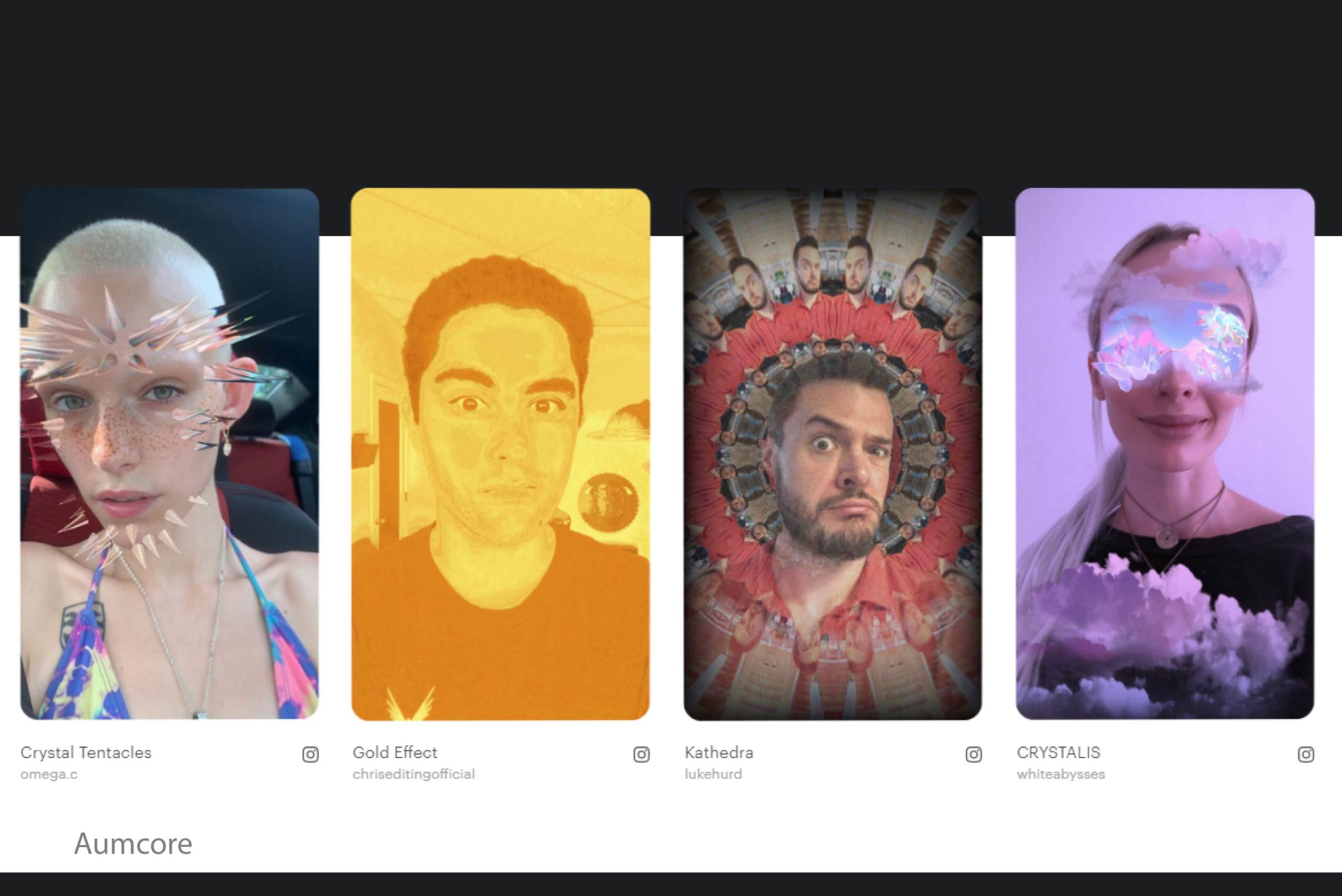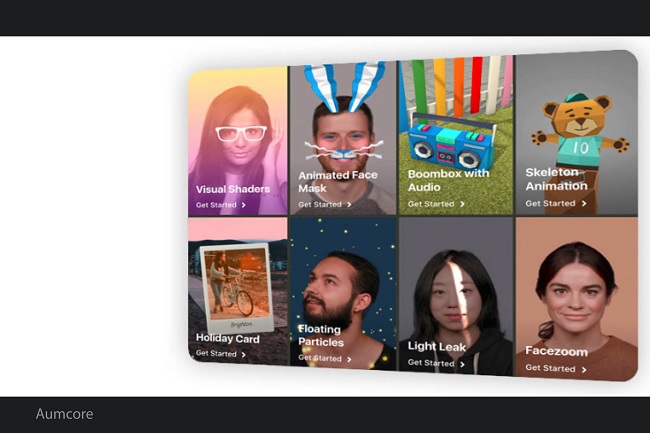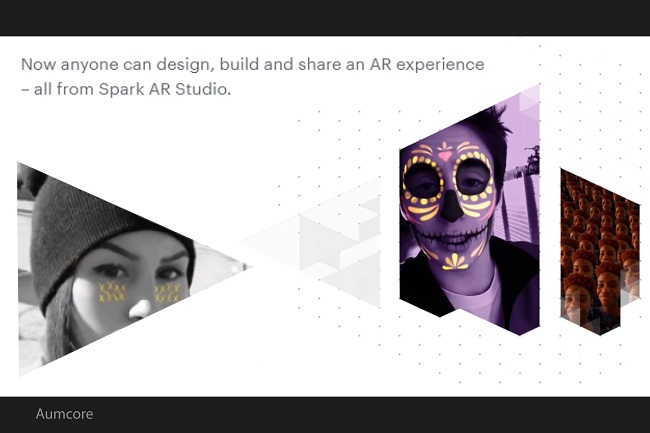The first time augmented reality really broke into mainstream media was back in the summer of 2016 when Niantic released it’s hit app, Pokemon Go. The app sent people all over the world into a “catch ‘em all” frenzy. Users hit the streets choosing teams to catch Pokemon in parks, at local landmarks, and even in their own offices. The app was praised for its unique AR feature that allows Pokemon to appear in a user’s reality. With so much global attention and a huge fan-base, advertisers were quickly looking to see how they could also get a slice of the pie.
The landmarks in Pokemon Go, which are noted as PokeStops in the game, became a popular form of AR advertisement for local businesses. Shops could choose to advertise their location in the game to users by paying to have their storefront turn into a PokeStop. This advertisement helps physically bring users to a store so they can spin the PokeStop to get more items for the game. Big brands like Starbucks became intrigued by the upcoming trend of augmented reality of marketing and began to portion some of their social media marketing efforts into Pokemon Go. Now, if you log onto Pokemon Go, you will see that all the Starbucks in your neighborhood are shown on the map in the form of PokeStops.
Since 2016, augmented reality has become a regular feature of websites, apps, and social platforms. Even before this, Snapchat’s use of AR is the most recognizable with its Snap Filters. These filters change a user’s face with whimsical additions such as animal ears, glasses, and even full on makeup. Other social giants like Instagram and Facebook have also followed suit by expanding their capabilities into the AR universe. They have also added filters to their social sites and have given businesses the ability to advertise with AR. According to TechCrunch, “WeMakeUp ran an AR ad campaign (on Instagram) allowing users to virtually try on new shades of makeup, leading to a 27.6% lift in purchases.” This is just one of many AR based campaign examples that shows how powerful AR advertising can be. Augmented reality features are becoming the new norm and will become part of the future for how brands advertise on social platforms like Instagram and Facebook.

Introducing Spark AR Studio
Have you ever wondered, “how do you create a filter on Instagram” or “can you create custom Instagram filters”? The answer to both these questions lies with Spark AR Studio. Spark AR is an AR platform that allows you to create AR effects for mobile. You can build designs with or without code, import sounds and objects, and then publish your effects to Facebook and Instagram and share your creations with other users. These next couple of tips will serve as the ultimate guide to Spark AR studio so you can begin creating AR effects of your very own.
- Face-Tracking – Before you can begin creating your custom filter you need to first create a face tracking effect. This will allow your design to identify a user’s face, follow their facial structure, and respond to different facial expressions users are enacting with a face mesh. This is where you will also add the different layers of your AR effect, from adding materials to applying texture to the filter.
- The Simulator – As you are adding more layers and more depth to your AR effect, you can choose to see how it will look on a device with the simulator. Simply click the drop down menu at the top of the simulator and select the type of device you want to see your effect in. You can also preview your effect on Facebook by clicking the device icon on the left sidebar and hitting “send to app.”
- Face Reference Assets – Spark AR also has assets creators can use when designing their own AR effect. The sets all have different capabilities. For example, the first one is meant to be used as a scale for reference when creating objects and textures. The second is meant to be used when creators want to create their own custom textures. The third is for debugging effects.
- Best Practices Design Strategy – Keep it simple. This attitude is mainly for the benefit of the users you are servicing. You want the effect to be straightforward so when users go to interact with your effect, they know exactly what is going on and what they should expect.
- Best Practices Effect Design – Make it personal. It’s easy to get lost in the number of different effects and filters you can add in AR, but when a user is completely unrecognizable because of those effects, AR loses its magic. Remember to allow users to keep their identity even with your designs so it still feels personal.
- Best Practices Adding Interaction – Keep interactions obvious. Keep your interactions simple by using commands that users are already familiar with like zooming in and out or changing camera view with a double tap. This will allow users to enjoy your AR effects more because you’re not detracting from the experience with complex commands.
- Best Practices Using Instructions – Use platform-approved interaction instructions that indicate what the user will experience. If you’re adding additional elements to your AR effect, make sure users can simply understand what is going on if they choose to engage. For example, copy like, “tap anywhere to see rainbow” will orient users and let them know what and how they should interact with your effect.
These tips and best practices will help you navigate the new frontier of augmented reality and will serve as your ultimate guide for Spark AR Studio.

How Businesses Can Use Spark AR Studio for Advertising
Businesses can use Spark AR Studio for advertising by creating an AR effect and uploading it to Facebook or Instagram for their audience to enjoy. As noted above with makeup brand WeMakeUp, they were able to run an advertisement that allowed users to preview different lip shades that would be best on different skin tones. Spark AR Instagram allows your brand to create interactive filters and AR effects that showcase your business’ products and services in a unique and modern way. If you’ve ever wondered how to make a Snapchat geofilter or how to make an Instagram face filter, Snap AR studio will show you the step-by-step process for creating your own custom AR effect. As a business, the first thing you need to decide is what business feature you want to advertise and how it will translate to a filter users can engage with.
The Future of Advertising on Social Media
Augmented Reality based advertising is becoming increasingly more popular as users are finding they can have an entire shopping experience from the comfort of their own home. Big brands like Ray-Ban and NARS are choosing to get in early because AR allows their users to engage with their products like never before. Currently, Instagram has limited its AR features to these retail chains, but will soon be opening it up to everyone. Users can try on their favorite Classic Ray-Ban Wayfarers and even change their color. They can also try on different styles altogether if they choose. For makeup brands and makeup lovers, trying on a new eyeshadow, a new shade of lipstick, or even a new blush and highlighter has never been easier. Technology continues to change the way users interact and engage on social media, and these kinds of experiences with AR are becoming the new normal as they bring shopping and advertising to a new standard.
Final Thoughts
If your business is to survive the next wave of digital transformation, learning and understanding how these technologies can service your brand is how you will stay afloat. AR based campaigns are empowering brands by giving them a new means to engage with their audiences. Augmented reality is also changing the way brands and users interact on social media. AR capabilities are paving the way for a new kind of engagement standard.





Tell us your thoughts in the comments